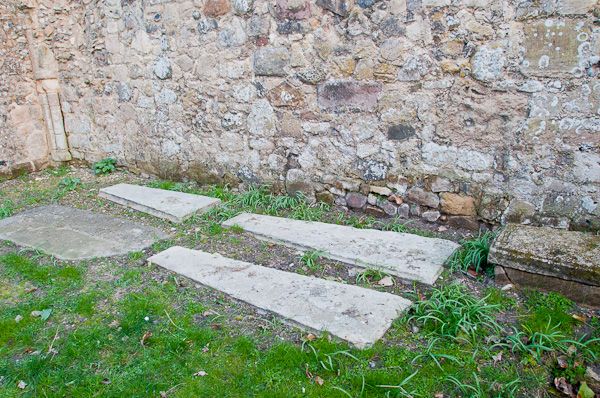Up until 1286 Dunwich was a thriving port in Suffolk, when two huge storms – The South England flood of February and the flood of Lucia 1287 – swept much of the settlement into the sea and silted up the Dunwich River. At the same time it is estimated that more than 50.000 lost their life in the Netherlands crating the Zuiderzee. Later the storms were followed by a series of new disasters leading to the demise of a city, which in its heyday was on par with London. Apart from a few ruins, tt now lies collapsed between three and ten meters below the surface of the sea.
Originally a Roman coastal fort and a Saxon settlement, Dunwich grew around the turn of the first millennium into a wealthy town. Growth depended on the introduction of new offshore fishing techniques and possibilities plus sea trade and ship-building. Before the Norman Conquest it was only one out of four towns listed as holding a regular market. In 1225 it held 18 ecclesiastical buildings plus a mint, a large guildhall and several large important houses. The population has been estimated at between 3000 and 5000. However the continuing storms pared with the regular silting of the harbour ended up in a reduction of the crown taxes from £108 to £14. Although the decline of the town was temporarily halted in the late 15th and early 16th century, the town de facto turned into a village, when the status of royal habour was transferred to Southwold after 1489.
On land today the remains of the medieval town comprise the gateways and refectory of the Greyfriars monastery, the 12th century leper chapel and a tiny bit of the former churchyard of All Saints.
Muddy waters have until recently made any exploration near impossible. However a new technology, Didson acoustic sonar imaging combined with a detailed survey of all known archaeological data from the site, together with old charts and navigation guides to the coast, has led to the production of accurate and detailed maps of the layout of the streets and the position of specific buildings as for instance the eight churches.
All this and much more can be ascertained from the final report from team, which surveyed the site for English heritage.
READ MORE:
Read the report: 5883 Dunwich, Suffolk: Mapping and Assessing the inundated medieval town.
A story of the city of Dunwich as well as more information about the project may be found at Dunwich.org
More information about the history of Dunwich can be found at The Dunwich Museum’s website
